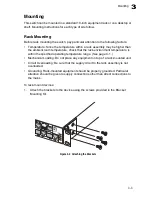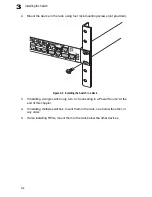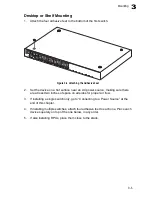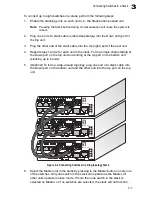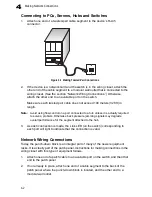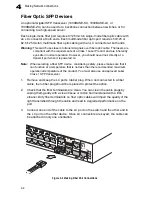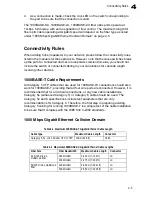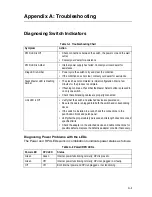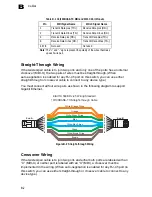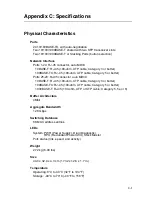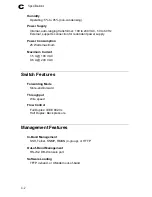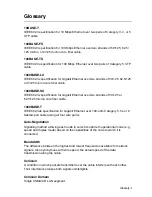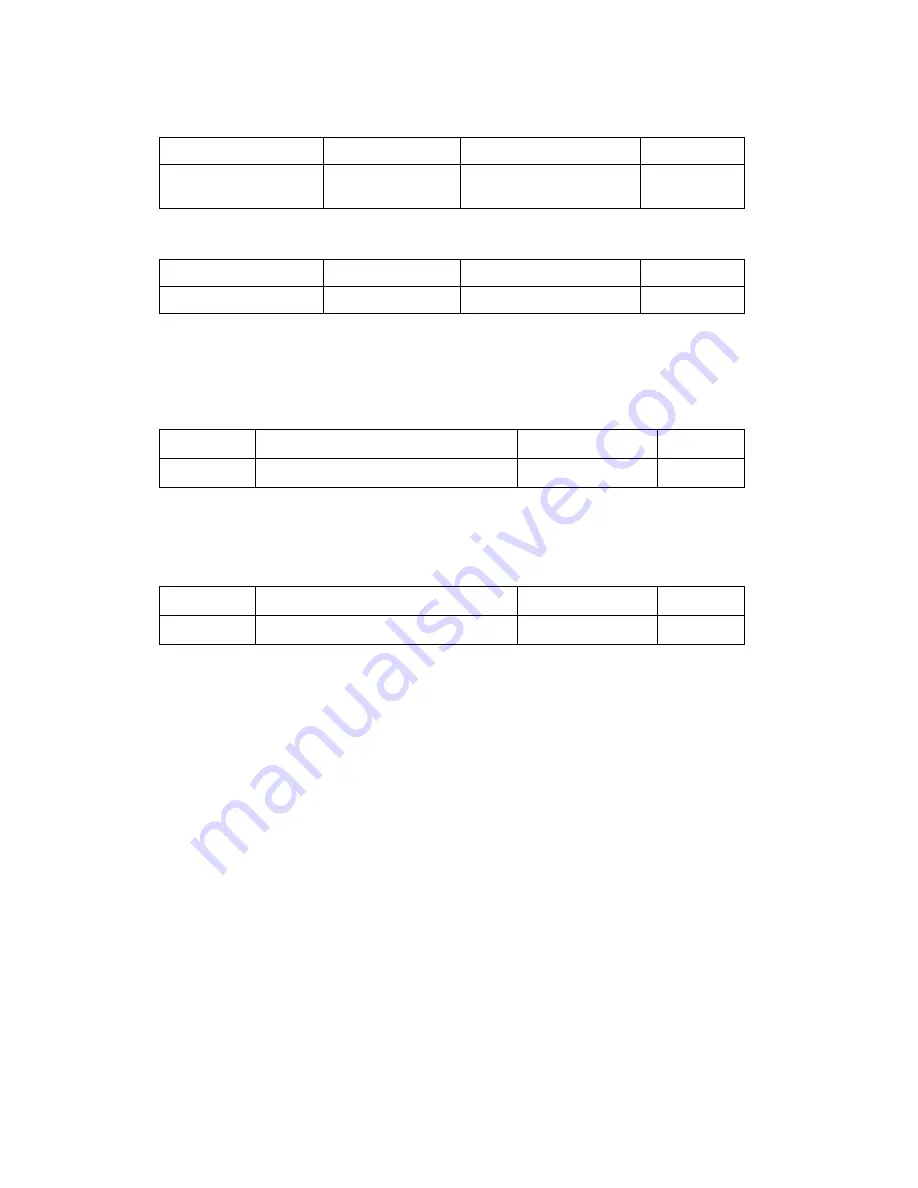
Making Network Connections
4-6
4
100 Mbps Fast Ethernet Collision Domain
10 Mbps Ethernet Collision Domain
Cable Labeling and Connection Records
When planning a network installation, it is essential to label the opposing ends of
cables and to record where each cable is connected. Doing so will enable you to
easily locate inter-connected devices, isolate faults and change your topology
without need for unnecessary time consumption.
To best manage the physical implementations of your network, follow these
guidelines:
• Clearly label the opposing ends of each cable.
• Using your building’s floor plans, draw a map of the location of all
network-connected equipment. For each piece of equipment, identify the devices
to which it is connected.
• Note the length of each cable and the maximum cable length supported by the
switch ports.
• For ease of understanding, use a location-based key when assigning prefixes to
your cable labeling.
• Use sequential numbers for cables that originate from the same equipment.
Table 4-3 Maximum 1000BASE-LX Gigabit Ethernet Cable Length
Fiber Size
Fiber Bandwidth
Maximum Cable Length
Connector
9/125 micron
single-mode fiber
N/A
2 m - 10 km (7 ft - 6.4 miles) LC
Fiber Size
Fiber Bandwidth
Maximum Cable Length
Connector
N/A
2 m - 70 km (7 ft - 43.5 miles) LC
Table 4-5 Maximum Fast Ethernet Cable Length
Type
Cable Type
Max. Cable Length
Connector
100BASE-TX Category 5 or better 100-ohm UTP or STP 100 m (328 ft)
RJ-45
Table 4-6 Maximum Ethernet Cable Length
Type
Cable Type
Max. Cable Length
Connector
10BASE-T
Category 3 or better 100-ohm UTP
100 m (328 ft)
RJ-45
Table 4-4 Maximum 1000BASE-ZX Gigabit Ethernet Cable Length
Summary of Contents for GSW-2692
Page 2: ......
Page 20: ...Introduction 1 8 1...
Page 36: ...Installing the Switch 3 10 3...
Page 44: ...Making Network Connections 4 8 4...
Page 54: ...Specifications C 4 C...
Page 61: ...Index Index 3 tagging 2 5 W web based management 1 2...
Page 62: ...Index Index 4...
Page 63: ......
Page 64: ...GSW 2692 E072006 JC R01...


